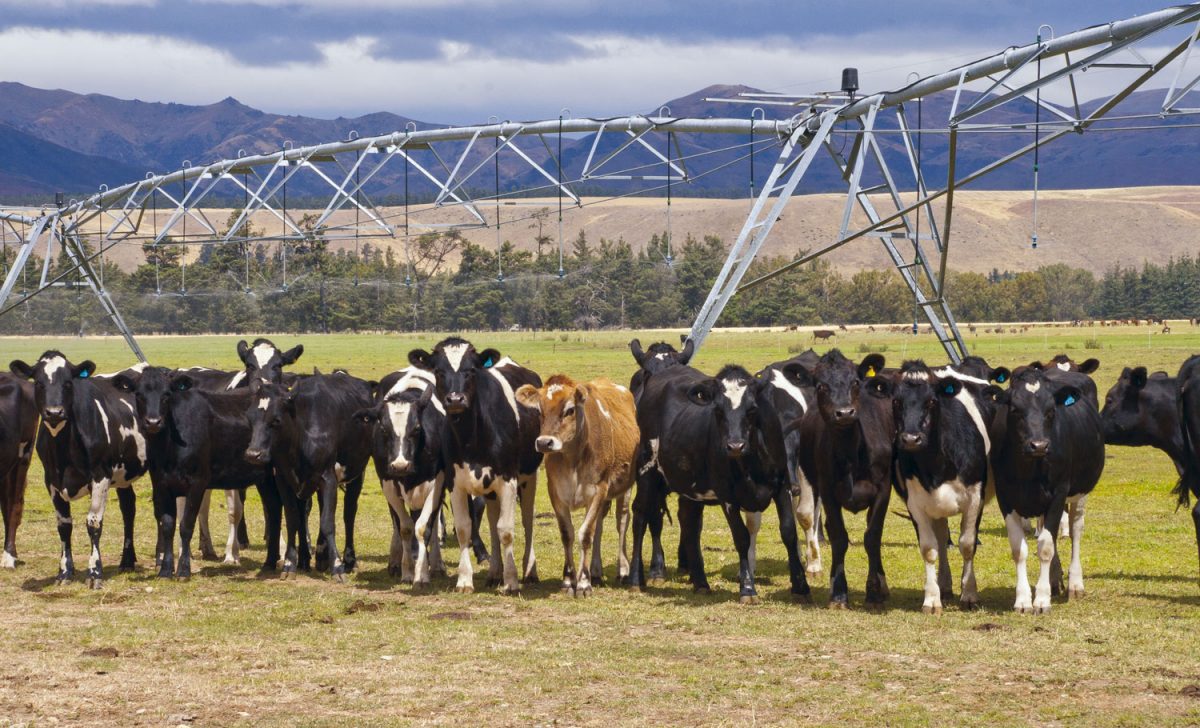Bulk milk testing for Mycoplasma bovis this month has picked up 28 dairy farms requiring further investigation, RNZ reported today.
Figures from the Ministry for Primary Industries show just one farm is infected with the cattle disease at the moment. Another 249 farms have been culled of their stock and declared safe to repopulate.
The Ministry’s chief science advisor, John Roche, said the 28 farms detected in this month’s national milk screening had been placed under restricted movement controls while more accurate testing was carried out.
Dr Roche said less than 3% of farms detected through screening last year ended up being positive for M bovis.
“A detect is a laboratory result, it’s not a positive test. What the detect tells us is ‘there’s something here, we should go and look more closely’,” he said.
Dr Roche said it would not be surprising to find some infected farms this spring.
“When cows calve, their immune system becomes a little bit suppressed which leaves them prone to diseases and that’s the time when Mycoplasma bovis does tend to strike, and so we identify infected herds at this time of year.”
Dr Roche said finding an infected farm would not mean the eradication programme was not making progress.
“I do want to put that in perspective, this August we’ve had 28 [possible detections through milk screening], last August we had 43.”
M.bovis was first detected in New Zealand on 22 July 2017, after several cattle in a South Canterbury dairy herd began displaying symptoms of a novel disease.
Officials soon established this was a new incursion that occurred around early 2015 and the disease was not widespread throughout the national cattle herd.
They estimated that allowing the disease to spread could cause $1.3 billion in economic losses in the first ten years, along with substantial animal welfare issues, and serious ongoing challenges for farmers having to manage the disease within their herds.
In May 2018 Government and industry bodies DairyNZ and Beef + Lamb New Zealand (with support from Fonterra, Federated Farmers, the Dairy Companies Association of New Zealand, Meat Industry Association and the New Zealand Veterinary Association) made the decision to attempt a world-first eradication of this disease.
A Government Industry Agreement (GIA) Programme was established, jointly funded, governed and delivered by the Ministry for Primary Industries (MPI), DairyNZ, and Beef + Lamb New Zealand. The estimated budget for the ten year Programme is $870 million, with 68% provided by government, and 32% provided by farmer levies.
The most recent statement from Biosecurity Minister Damien O’Connor was on July 22.
New Zealand’s world-first effort to eradicate the disease had made significant progress with the number of infected properties dropping to new lows, three years to the day since it was first detected in New Zealand, he said.
At that time 250 properties had been infected by the disease. All but four were clear of it.
To view the most recent M. bovis facts and figures visit https://www.mbovis.govt.nz
Sources: RNZ; Minister of Biosecurity












